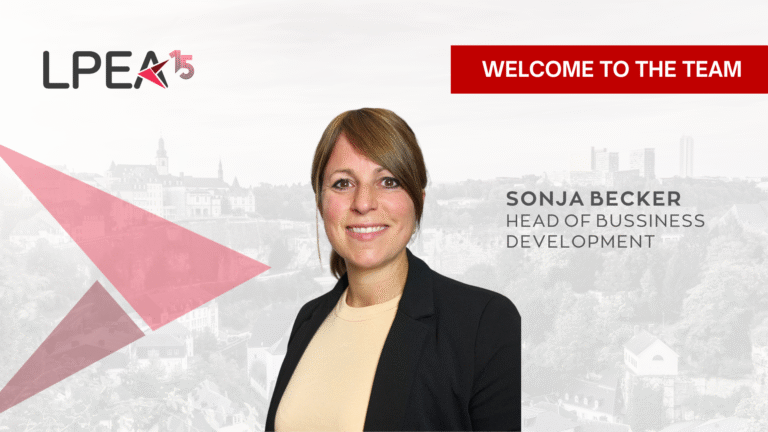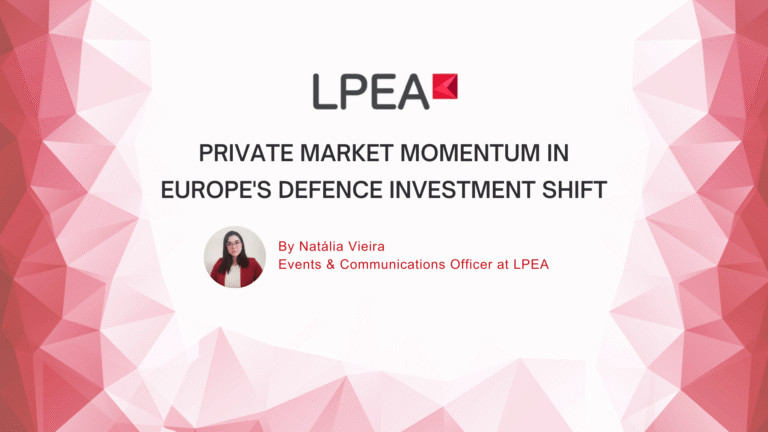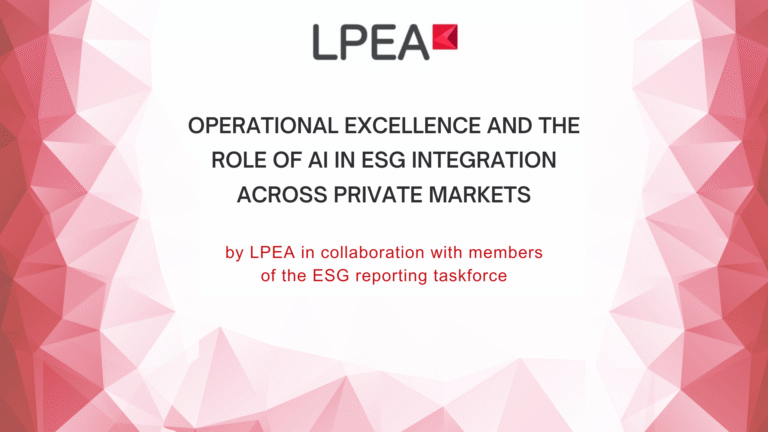Article by Joseph Marks, Senior Managing Director – Head of Secondaries, Capital Dynamics, Mauro Pfister, Managing Director – Secondaries, Capital Dynamics, And Yvan Chene, Managing Director – Secondaries, Capital Dynamics as featured in Insight Out Magazine #24
Although still a young asset class, GP-led secondary transactions have become an integral and dominant part of the private equity secondaries market, with an abundance of blue chip sponsors and billion-dollar deals now commonplace. GP-led secondaries have doubled over the past few years – constituting about half of the secondary market transaction volume today versus less than one quarter of the market in 2017. The GP-led segment of the market is poised for further strong growth in a secondaries market expected to exceed USD 200 billion by 2025.
What are GP-led secondary transactions?
As the name suggests, the General Partner (“GP”) initiates the deal in a GP-led transaction. The motivations for these transactions vary, but in general, GP-leds allow the manager and investors a combination of liquidity (i.e. returning cash to current Limited Partners (“LPs”)) and ability to prolong the holding period.
For LPs, a GP-led process may allow them to de-risk their portfolio, accelerate liquidity and accommodate an LP strategy shift, among other factors.
What is driving the GP-led market?
GP-leds allow sponsors to actively manage their portfolios. Transaction rationales include (i) extending asset duration; (ii) securing additional capital and (iii) proactively generating liquidity for LPs.
Sponsors opportunistically use GP-leds to hold onto their most promising assets. Single asset continuation funds are increasingly used as an alternative to traditional exit paths (i.e. M&A, IPO) for the sponsors’ best performing assets. For example, if the buy & build program of a fund’s ‘trophy’ asset is performing above expectations but, unfortunately, that fund is out of capital, by transferring that asset to a new continuation vehicle and adding additional capital, the buy and build program can be successfully sustained.
For LPs, a GP-led process may allow them to de-risk their portfolio, accelerate liquidity and accommodate an LP strategy shift, among other factors. With GP-leds typically being more concentrated transactions, they allow LPs to target certain industries, assets and geographies – for example, more defensive sectors in challenging macroeconomic environments.
The benefits and risks of GP-led secondaries:
One of the most attractive factors in the GP-led market is something we call Positive Selection Bias. GPs have an intimate knowledge of their portfolio companies and (perhaps unsurprisingly) prefer to continue to manage their most promising assets. As a result, the continuation-vehicle’s market opportunity set is skewed towards the most attractive assets under high-performing funds and quality managers. Capital Dynamics believes that the best GP-led opportunities are alongside brand-name sponsors (with demonstrable track records of success), in the star assets where they have a strong conviction to stay invested in, and where there is a strong rationale to provide the option of early liquidity to interested LPs.
Another important benefit of GP-leds is Limited Blind Pool Risk. GP-leds limit the blind pool risk generally associated with traditional private equity investing, and allow secondary buyers the opportunity to look through a portfolio or asset and diligence deals to a point where there are very few questions left unanswered. In addition, it is generally less risky to invest in assets with which the GP, particularly a high-quality GP, is already familiar. GPs are keenly aware of the most pressing issues and opportunities to address within management, operations and the market in which the assets operate, leading to accelerated value-creation plans. For new investors, gaining access to attractive and otherwise unavailable assets is particularly enticing.
However, GP-led secondaries are not without risk, and given the many potential conflicts of interest, should be approached carefully. Some of the more notable risks involve asset concentration and fair valuation. It’s therefore important for investors to consider the merits of each transaction individually as well as within the context of their broader portfolio.
The link between ESG and GP-led secondaries
Once a relatively small part of the conversation, ESG is now driving discussions and influencing corporate agendas globally. The qualities of GP-led deals allow for ESG levers to be pulled at the due diligence phase and other stages in the transaction process. In many ways, these transactions allow for a more transparent process and much more comprehensive review of the GP’s underlying assets. With a greater degree of scrutiny applied to GP-leds compared to traditional transactions, there are now many ways for both buyers and investors to identify and remedy ESG related risks.
Capital Dynamics’ approach to GP-led secondaries
Capital Dynamics benefits from a focus on smaller GP-led transactions, which is an area of the market with high deal flow and very few experienced buyers with the experience to lead more complex GP-led transactions from both a structuring and underwriting perspective. The firm’s strong relationships with more than 350 global mid-market managers, leveraging our primary, co-investment and credit platforms, allows us to source and capture many GP-led secondaries transactions while achieving favorable terms and structures and reducing downside risk.
Copyright: D.R.




